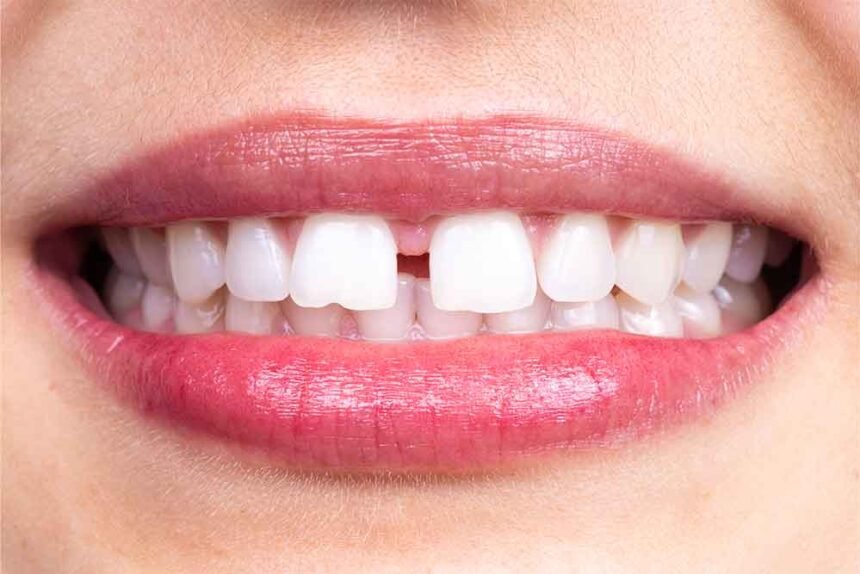Diastemas, or commonly also we can call it as dental gaps, has a very bad effect on one’s smile functionality. Your smile and personality both can be brought down. Nevertheless, happily, nowadays you can avail modern dental facilities and techniques, that probably help in filing these dental gaps effectively.
Hence, in the below post I am sharing the best three methods that probably help you in solving this common dental gap problem. If you want Best Dental Service in New York visit arrowdentals.com .
1. Dental Veneers
Dental Veneers are custom-made shells. These are very thin and cover the complete front surface of teeth. They are probably made from porcelain, and also commonly found in the composite resin material. It helps in making a good appearance of your smile. It can be an excellent solution to close your gaps. Also, it can be best selected if you are having issues, such as cosmetic, or discoloration of teeth.
As everything has advantages and disadvantages, so as Dental Veneers has. Below are some.
Advantages:
· It is a quick process, which is non-invasive.
· It gives a natural look to your teeth.
· It is a best solution to correct many cosmetic problems at one time.
Disadvantages:
· A small amount of enamel is required to remove.
· This cannot be reversed.
· It can be a costly for some.
2. Dental Bonding
In this process, a tooth-colored resin is used to fill the dental gap. To match the shape of the surrounding teeth, the resin is shaped and colored in a way as like nearby teeth. It is the best option to fulfil the minor gaps. Also, if you have discolored, or chipped teeth, then this is the best choice for gap filings.
Let’s now talk on its advantages and disadvantages.
Advantages:
· It is a very quick process and pocket-friendly.
· It is non-invasive as minimal enamel removal is carried out.
· Also, the results are very immediate.
Disadvantages:
· Its durability is less than Dental Veneers.
· Stains come on very quickly.
· Needed routine touch-ups.
3. Orthodontic Treatment
In this, braces and clear aligners are used. It is an effective way to fill dental gaps. The braces are mainly made up of ceramic brackets, or metal. In addition, wires can also be used to position the teeth properly. Also, you can opt for Invisalign, these are a series of removal custom-made trays. So, this can also be the best option for you.
Advantages:
· This is an effective method to close gaps of every size.
· If you are having bite and alignment issues, this can be the best selection.
· These are also less noticeable in the public, when the public is around.
Disadvantages:
· The treatment can be of long run, meaning the time taken might be from months to years.
· They can be uncomfortable to your teeth and require regular settings.
· In many cases, the alignments can be less effective.
Frequently Asked Questions
1. For how long does the Dental Veneers last?
If you do proper care of your dental veneers, then it can long-run up to 10 to 15 years. Rest, depend on the care you provide to your dental veneers.
2. Can I use Dental Veneers to fix large gaps?
Dental veneers are best for small and somehow medium gaps. But, for large gaps, this might not be proven effective. So, you must consult with your dentist before you process the dental veneer gap filing.
3. For how long does the Dental bonding last?
If you care properly for your dental bonding and go for regular check-ups, then it properly lasts for around 5 to 7 years.
4. Is dental bonding a painful process?
Usually, the process of dental bonding is painless. But sometimes it is possible that a few patients may feel a minor pain. Because it requires a little sensitivity procedure.
5. What is the time taken by Orthodontic Treatment?
The time for orthodontic treatment usually varies. But, in general it can go from 6 months to 2 years. The actual time depends on your tooth complexity. Hence, a proper consultation with a dentist is required.
Read Also: How to Deal with Pyorrhea



